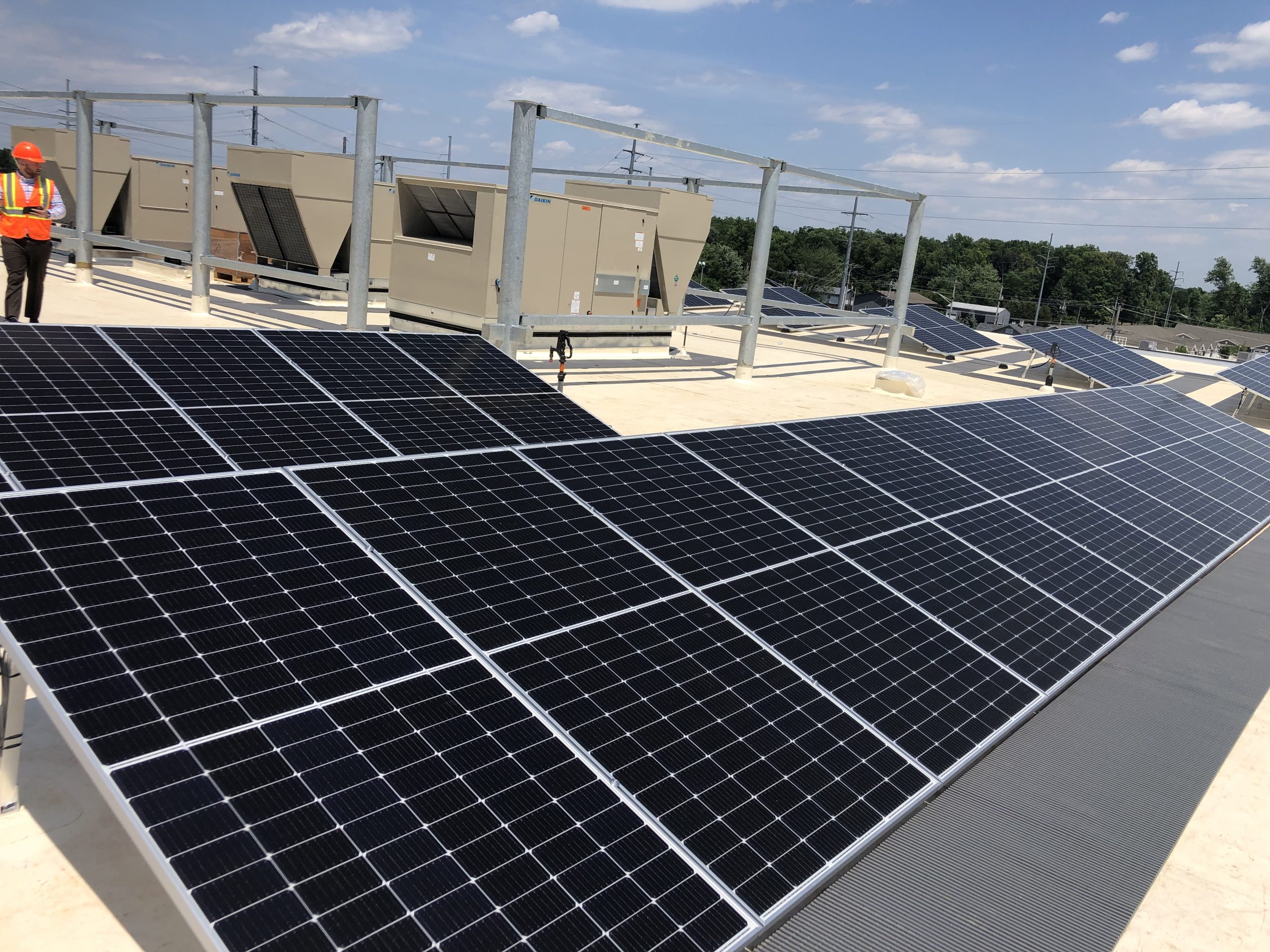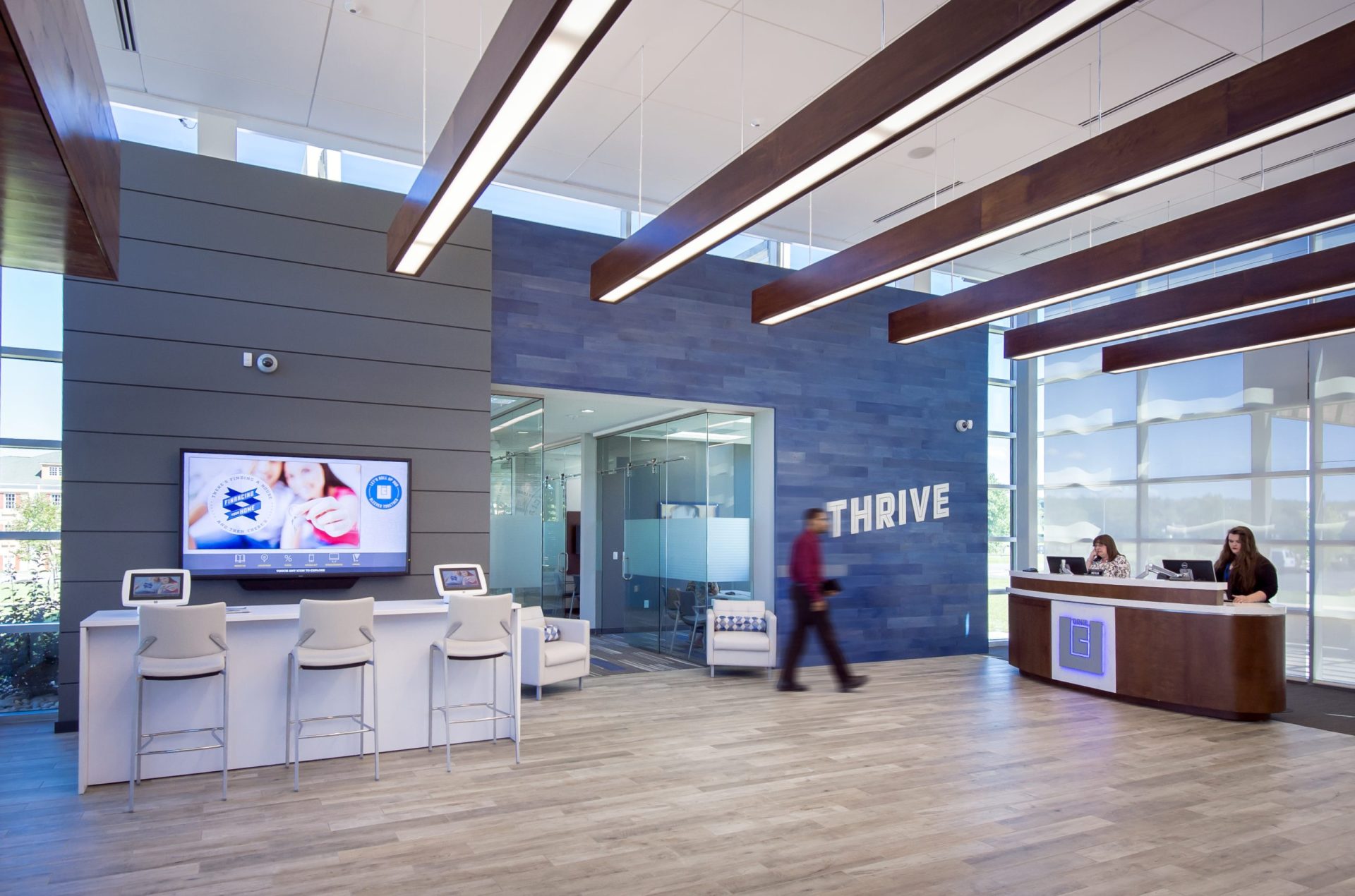Now May be the Time to go Solar: New Solar Tax Credits Released
By Phillip Oprie, PE
September 8, 2022Post Tagged in
 |
Design Collaborative serves several markets, and one of the markets that has been quick to adopt on-site photovoltaic installations (solar technology) is the financial market. There are several reasons for the adoption: a relatively small-scaled system with a noticeable impact on the electric bill, future strategies of leadership in the realm of sustainability, and so on. Past clients have not been motivated to go solar due to high install costs with few motives. Today, clients are seeing the opposite: a quick return on investment and low install costs. It is no surprise to anyone who has done a quick internet search on solar pay back that the systems are not cheap and the return on investment has not been on a timetable that a current board of directors like to see. This is particularly true for our federal credit union clients. Under the previous Renewable Energy Investment Tax Credit, any not-for-profit organization could not take advantage of the tax credit offered to install systems. In some ways, this does make sense – it is hard to take a tax credit when you are tax-exempt. For this reason, we have focused on our clients having other goals for their desire to install solar. Image: Fort Financial Credit Union Headquarters Solar Panels |


